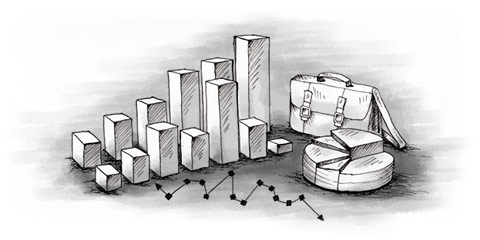Recent progress has been thrown into question. The last part of 2007 brought a series of unpleasant economic surprises, as inflation jumped to a level that was unexpected and the Leu (Romania’s currency, currency code: RON depreciated significantly against other currencies. Romania joined the EU in 2007 and is expected to adopt the Euro in 2014.
With the continuation of these trends, greater uncertainty will be the mark of events in the future. The current political framework also allows for a continuation of the easing cycle, which is likely to emphasize the unsustainable growth in an overly optimistic, superficial manner.
Flat rate taxation was introduced in 2005 and it has proven a success with increased tax revenues coming from a reduced level of evasion and the replacement of what was previously a complicated system.
Other economic analysis on Romania is listed below:


